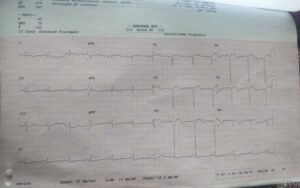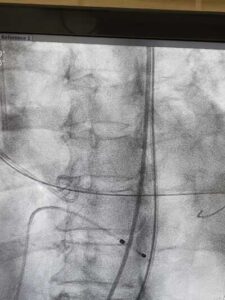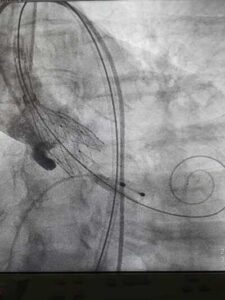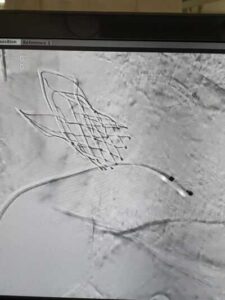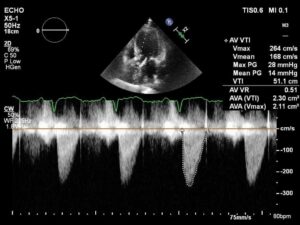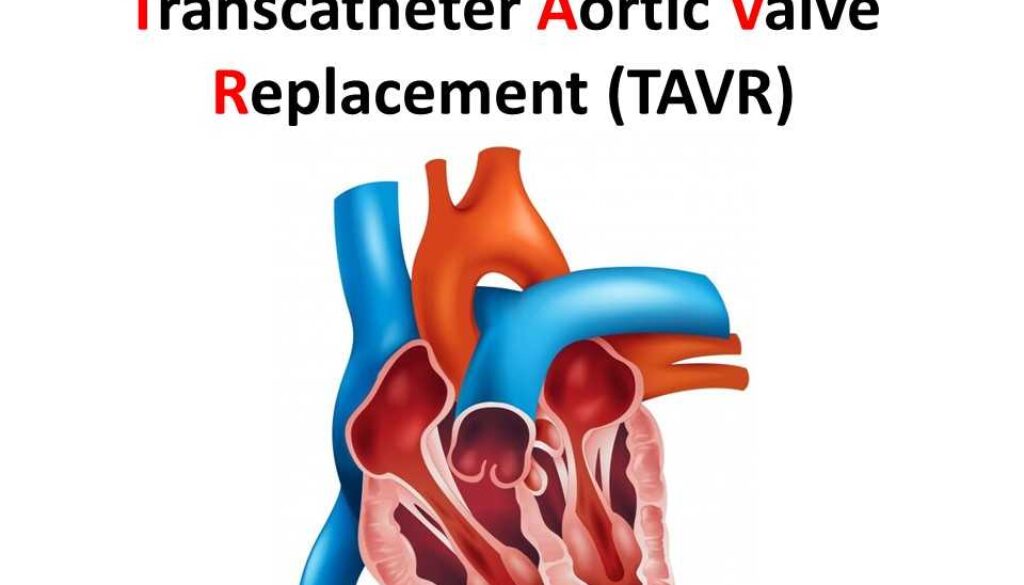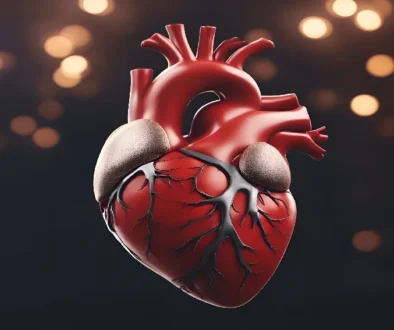Robust TAVR – New TAVI Device “Hydra” Implantation in a 74-year-old Lady
Robust TAVR – New TAVI Device “Hydra” Implantation in a 74-year-old Lady
I am happy to inform you that our team has performed a very interesting treatment percutaneously implanting a new variant of TAVI (Transcatheter Aortic Valve Implantation) recently in a 74-year-old lady with severe aortic stenosis.
As you are aware, aortic valve stenosis is becoming increasingly common all over the world including India as the population is getting older.
These patients need an aortic valve replacement. While surgical valve replacement is an established procedure, it carries with it the disadvantages like the need for open-heart surgery, need for blood transfusion, complications like wound infection, lung complications, and occasional stroke. For all these reasons percutaneously implanting an artificial bioprosthesis in the place of the native stenosed aortic valve is becoming increasingly popular all over the world.
The Procedure
The procedure involves light conscious sedation, placing a large-sized sheath across the femoral artery, crossing the stenosed aortic valve, and then implant the device that consists of the bioprosthetic valve across the native valve.
This patient came to our attention with acute anterior wall MI in the month of July 2020. We did primary angioplasty at that point in time with a drug-eluting stent to mid LAD.
She recovered very well from the myocardial infarction. In the same admission, we found that she had severe aortic valve stenosis with a history of syncope two months before. The transaortic valve gradient was 70/45 mm hg (peak/mean). In view of her age and recent MI and suitable anatomy as judged by CT scan, we advised the patient to undergo TAVI. CT scan is a very important tool while evaluating the case for suitability of TAVI and the CT, in this case, guided us to choose a 26 mm device.
HYDRA DEVICE
We used a new TAVI device by the name “HYDRA”. It is a flexible device that tracks along the aorta easily. The procedure went off smoothly. The whole procedure was done by the percutaneous method only. The gradient across the aortic valve has fallen to 28/14 mm hg. The aortic valve area has gone up from 0.9 cm square pre-procedure to 2.1 cm sq. post-procedure. I am here with enclosing some of the pictures.
